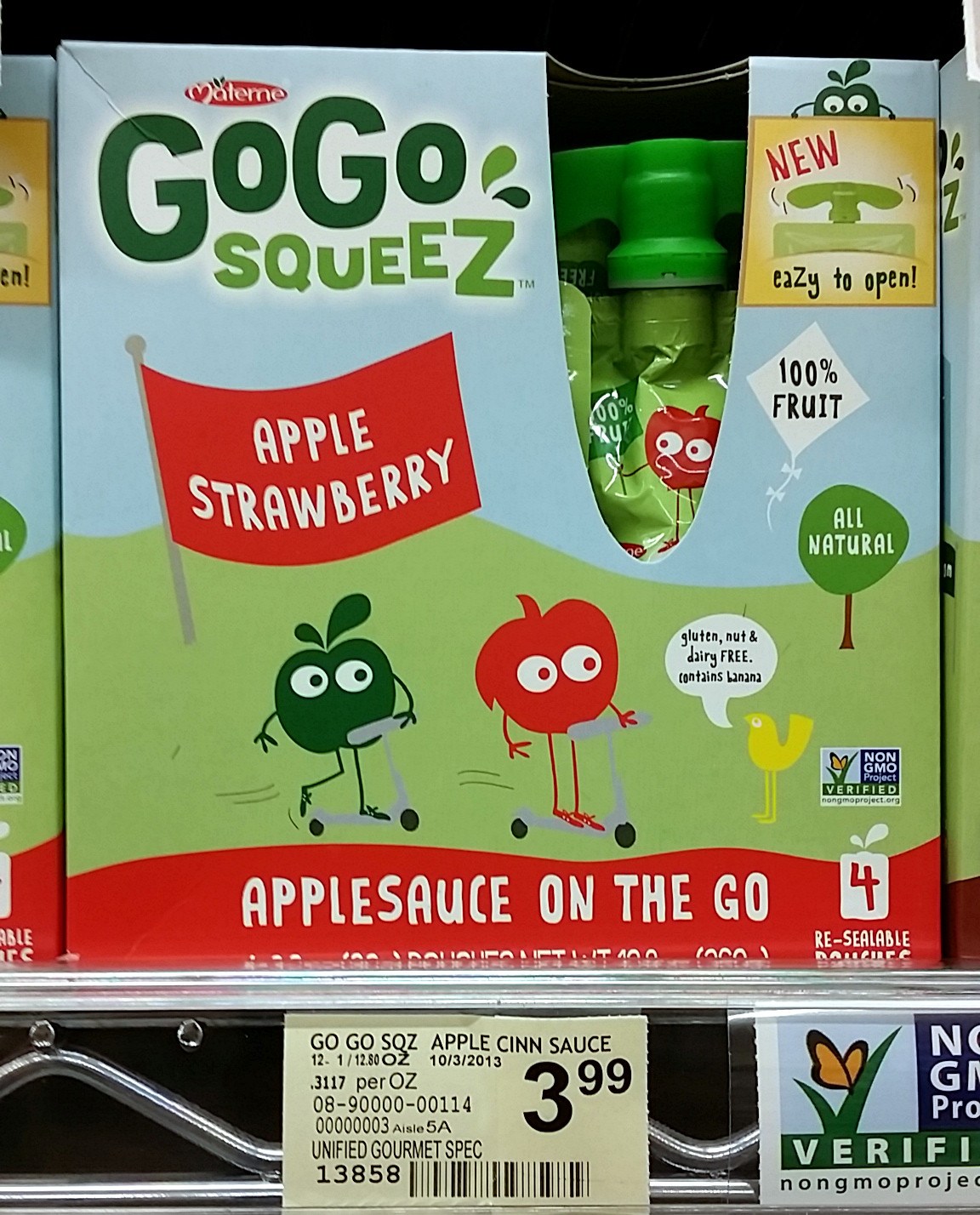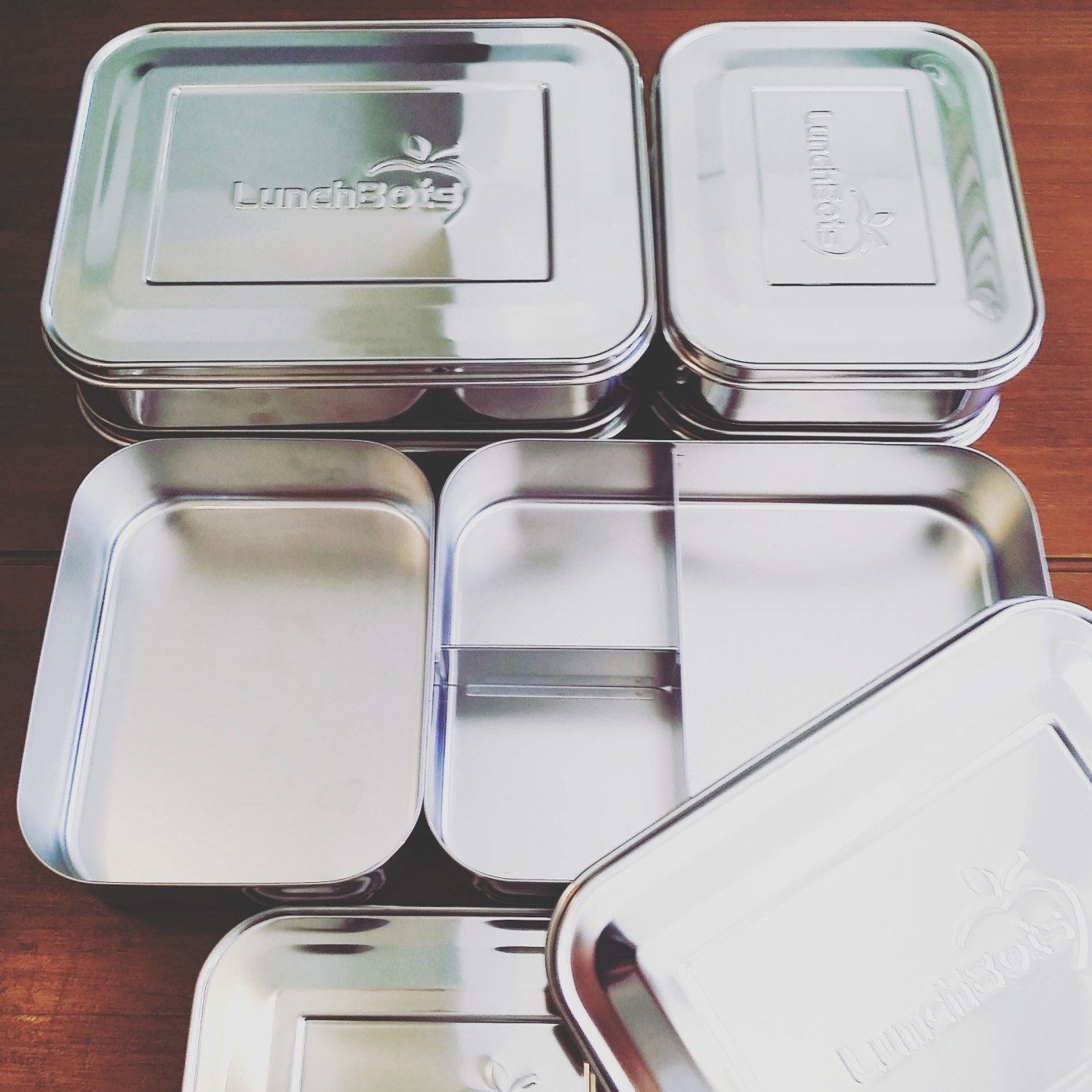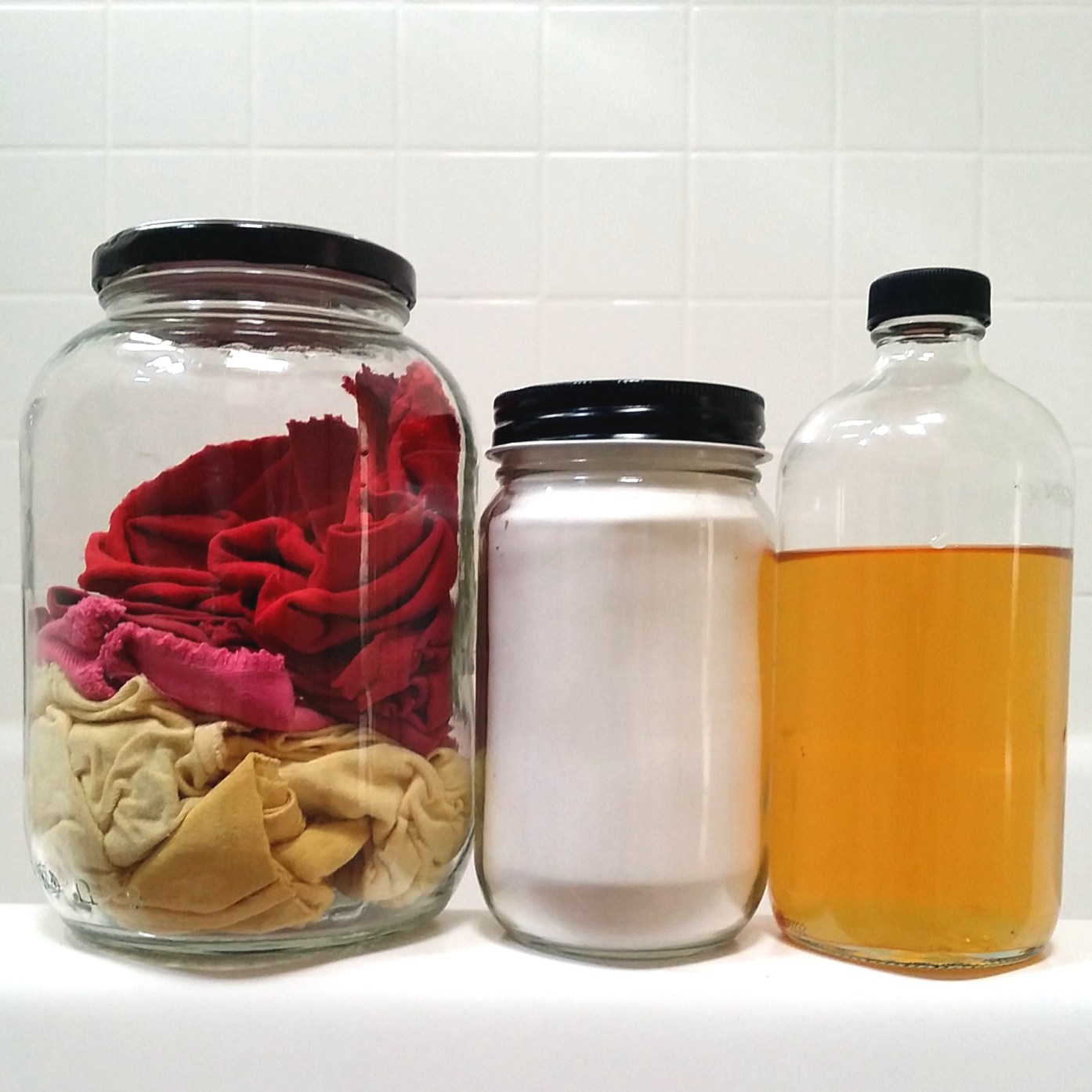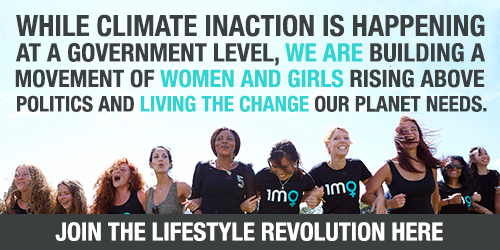I HAVEN’T WRITTEN A RANT FOR SOME TIME…
I was slow to see the hit show Mad Men. I found it difficult to watch a bunch of white, sexist, racist, entitled, whiskey-swilling, chain-smoking, philandering men develop ad campaigns to sell Americans things they didn't need. But then again, I think that was the point—to shine a not-so-flattering light on that golden age of Madison Avenue advertising. The show serves as both entertainment and a this-is-how-we-got-here anthropological study.
The thing is, we can consume only so much to meet our basic needs—and I'm not talking about subsistence-level needs. I mean the basic needs for a comfortable—not opulent—life: a decent home to live in (not a shack); healthy, good, real food to eat (not processed food-like products); and a nice, yet modest wardrobe (I buy many of my clothes at thrift shops and just look basically normal). Oh and a vacation once in a while. You get the idea.
How much less would most of us consume if we fulfilled only these needs—and not our superfluous wants, wants planted in our heads by marketers? I'm not sure who said this, but I have told my kids from the time they were little that "It's the marketer's job to make you unhappy." How can you sell happy, satisfied people more stuff?
An entire industry—the consumer products industry—manufactures and invents need in order to market and sell us new and unnecessary products—the things the Mad Men had to develop ad campaigns for. And since they've been at it for, well, let's say 70 years—although some products appeared earlier—most of us don't remember a time when we didn't live this way—consuming all sorts of products that we have been convinced will make our lives easier and better, products such as fast food, plastic wrap, disposable everything…
Here is a list of 21 such products, grouped into a few different categories. I'm just scratching the surface in this post but these seemed like a good start.I anticipate someone will leave a comment below, saying, "But what about people with a medical condition who need straws or Keurig K-Cups?" Okay, I actually can't imagine a medical condition for which a doctor would prescribe K-Cups… I'm talking about the majority of situations here.
Kitchen
1. Coffee Pods
These deserve to be at the top of this list. Not only do these non-biodegradable pods produce an immoral amount of plastic waste, they also represent well our addiction to convenience, speed and instant gratification. Brewing coffee is such a wonderful ritual. You can make it pretty quickly in a French press. It takes all of five minutes. If you worry you will never recover that five minutes of your life, do something productive while you wait for your coffee to brew—put some dishes away, feed the cat, talk to your partner...

2. Bottled Water
I've ranted on here in the past about bottled water. (Here are some alternatives to the stuff.) If everyone simply banned bottled water from their homes—not if you live in Flint of course—we would eliminate huge amounts of plastic waste. Because remember, even if plastic gets recycled (which is often doesn't), it can be recycled only so many times before it winds up in landfill. As a happy side-effect of boycotting bottled water, profits at Nestlé, the much-despised corporation that pumped water out of California during our historic drought, would drop.
3. Breakfast Cereal
One of the first things I cut from our diet when we went plastic-free was cereal (my kids, 10 and 16 at the time, didn't mind and didn't complain). Back then, I had also recently finished Michael Pollan's masterpiece, The Omnivore's Dilemma, and no longer wanted to buy or eat cereal after learning about how manufacturers produce it:
IN MANY WAYS BREAKFAST CEREAL IS THE PROTOTYPICAL PROCESSED FOOD: FOUR CENTS' WORTH OF COMMODITY CORN (OR SOME OTHER EQUALLY CHEAP GRAIN) TRANSFORMED INTO FOUR DOLLARS' WORTH OF PROCESSED FOOD. WHAT AN ALCHEMY! YET IT IS PERFORMED STRAIGHTFORWARDLY ENOUGH: BY TAKING SEVERAL OF THE OUTPUT STREAMS ISSUING FROM A WET MILL (CORN MEAL, CORN STARCH, CORN SWEETENER, AS WELL AS A HANDFUL OF TINIER CHEMICAL FRACTIONS) AND THEN ASSEMBLING THEM INTO AN ATTRACTIVELY NOVEL FORM. FURTHER VALUE IS ADDED IN THE FORM OF COLOR AND TASTE, THEN BRANDING AND PACKAGING. OH YES, AND VITAMINS AND MINERALS, WHICH ARE ADDED TO GIVE THE PRODUCT A SHEEN OF HEALTHFULNESS AND TO REPLACE THE NUTRIENTS THAT ARE LOST WHENEVER WHOLE FOODS ARE PROCESSED. ON THE STRENGTH OF THIS ALCHEMY THE CEREALS GROUP GENERATES HIGHER PROFITS FOR GENERAL MILLS THAN ANY OTHER DIVISION.
For breakfast, we eat homemade granola, toast, sourdough pancakes, oatmeal and omelets, for example. Our breakfasts definitely improved—both in taste and nutrition—after we cut the cereal.

4.Puréed Baby Food
I don't know if puréed baby food is a sign of one man's marketing genius or sad proof of our lack of culinary skills and inability to feed ourselves and our children. To make puréed sweet potatoes, for example, you first buy a sweet potato. Those are over in the produce section—that's the stuff that grows in dirt and lacks (usually) plastic packaging, probably because Monsanto has not yet figured out how to develop the plastic around the food as it grows in the fields. Peel, chop, cook and purée the sweet potato. Feed child. Repeat.
I do have to admit, I wouldn't mind some of those little baby food jars to add to my jar collection but after looking at the Gerber website, I found only plastic packaging. Ugh. Packaging that will outlive us and our babies. Thanks Gerber.
5. Fruit Pouches
These make me weep for humanity. To add value to a commodity product—in this case fruit—the company that makes these abominations processes the hell out of fruit, concentrating the sugar as a result, and packages the finished purée in a plastic pouch with an obscenely large cap—both of which will never break down. The packaging touts this over-packaged puréed fruit as "applesauce on the go." Know what else constitutes applesauce on the go? A well-masticated apple. Buy an apple.

6. Plastic Baggies
I find that young kids get really excited when you talk to them about packing a garbage-free lunch. Metal lunch containers do cost more than plastic baggies—initially. But eventually they pay for themselves. I have a bunch of Lunchbots. They last for years. You can also pack a sandwich in a beeswax wrap or a cloth sandwich bag.

7. Plastic Plates, Cutlery, Cups, Straws... Disposable Everything
Even if compostable plates, cutlery, cups and straws truly were compostable, they still waste resources. Interpreting the claims of corporations selling us supposedly greener products can be confusing. Opt for reusables and you won't need a PhD in semantics to tease out the meaning of marketing lingo. And besides, wouldn't you enjoy sipping your non-Keurig-brewed coffee from a real cup rather than a plastic-lined paper one?
8. Dishwasher Packets
Kids eat these poisonous packets regularly, indicated by the rise in calls to poison control centers regarding such cases. "In a new Pediatrics study…laundry detergent packets emerged as the biggest contributor to hospitalizations and serious medical effects among any other kind of detergent poisoning." Consumers could just scoop out the detergent.
9. Teflon Anything
Back when my daughter wrote her blog The Plastic-Free Chef, a representative from Dupont once left a comment on a post, saying that Teflon was great stuff and totally safe. "You have arrived, MKat," I told her.
Teflon-coated pans release toxic gases when heated. They also tend to wear quickly. Thoughtlessly use a metal spatula in there and you can damage the coating. When it begins to flake, it gets into your food. If you use the plastic utensils designed for Teflon pots and pans, you're using, well, plastic to cook your food. Yuck. But wait there's more! The inventor of Teflon was inducted into the Plastics Hall of Fame (yes, that's a thing). I wonder if the five gyres of plastic swirling around in and wreaking havoc on our oceans have been inducted yet.
I cook with stainless steel pots and pans and enameled cast iron.
Household Cleaning
10. Paper Towels
Like bottled water, I have ranted about these in the past also. Paper towels consume trees and water to produce, and oil to shrink wrap (plastic is a petroleum product) and ship. Replace paper towels with old t-shirts cut into rags.

11. Window Cleaner
When you spray a chemical window cleaner like Windex on glass—unless you wear a protective mask—you end up breathing in the stuff. As an alternative, wash your windows with vinegar and water, using rags to wash and newspapers to dry. This works amazingly well. You can compost the newspaper after you use it (just not in a pile that's meant to nourish beds for edible plants). Newspaper adds brown material to the pile. Cut it up first to help it break down faster.
For cleaning (and other purposes), I make scrap vinegar from apple peels and ferment my kombucha to the point of strong vinegar.
12. Toilet Cleaner Pucks
These toxic pucks turn your toilet water blue and kill 99.9 percent of germs in the toilet water. Two questions:
a) Why does anyone need blue toilet water?
b) Are people drinking the water in their toilets? Bathing with it? Why the need to kill germs in the toilet? We're so terrified of germs—thanks in part to marketers—that they can sell us practically anything that kills germs.
To clean your toilet, pour in some vinegar, wait 10 minutes, swirl a toilet brush around in there and flush.
13. Plastic Trash Bags For Leaves
These strike me as a bit ludicrous. You can't clean up the outdoors. Do you actually admire Sisyphus? Let the leaves stay put, rot and nourish your soil. God knows it needs it.
This bullet gets a bonus rant for leaf blowers. Raise your hand if you actually like these noisy, fossil-fuel burning, carbon-dioxide-spewing noisemakers. Yeah, I didn't think so…
14. Plastic Garbage Bags For Anything
When I first went plastic-free, my coworkers all wanted to know how I dispose of my garbage. I said I don't have any to speak of and because I compost, anything "wet" goes on the compost pile. If you need to line your garbage pail, first, compost. Next, since you no longer have to deal with this wet waste, simply line the trash can with newspaper.
15. Air Fresheners
When you think fragrance, think nasty chemicals. Many fragrances contain phthalates, chemicals "linked to male reproductive system birth defects and hormone disruption." And while they simply mask odors, they also increase indoor air pollution. If you need fresh air, you could, well, open a window. I have simmered water and baking soda in my crock pot on low to remove odors. It works well. You could also attempt to eliminate the source of your funky smells.
16. Dryer Sheets
I don't know that I've ever bought a box of these in my life. I hang my clothes to dry usually, unless it's raining and even then, when I do use a dryer, I don't have a problem with static. These products also usually claim to soften clothes. Mine seem soft enough. Ditch the fabric softener while you're at it.
Personal care
17. Baby Wipes
I never used baby wipes when my kids were infants. Many wipes contain chemicals, they cost money and they're just plain wasteful. I bought inexpensive thin washcloths and used those to clean my kids' bums when I changed their dirty diapers. This was not a hardship at all. If you want damp washcloths on the go, you can wet them, store them in a reusable container and put that container in your diaper bag. Easy peasy.
18. Cotton Ear Swabs
NEVER PUT ANYTHING IN YOUR EAR SMALLER THAN YOUR ELBOW.
In the UK, supermarket giants Tesco and Sainsbury announced recently that they will replace the plastic sticks in ear swabs with paper ones. That's good news—less plastic in the environment. But we have survived without this consumer product for millennia. And besides, you're not actually supposed to ram these things into your delicate ear drums to clean out the wax. The swabs can shove wax down the canal farther, which can cause all sorts of problems, including muffled hearing, pain and even thinking problems (!). Keep the outside of your ears clean with a wet washcloth.
I know many of you like to use these swabs for applying cosmetics. Invest in some washable small cotton pads instead. Or sew some. My daughter makes small squares for makeup application and removal. She simply cuts a few layers of flannel and sews them together around the edges.
19. Liquid Soap
Consumer products companies like Johnson & Johnson and Proctor & Gamble can sell us only so many bars of soap. How to increase the profits on that? Sell us liquid soap and package it in a plastic container with a big plastic pump. Take back the bar! My daughter bought the bars below from Aquarian Bath—an awesome online shop that sells homemade and plastic-free bath products.

20. Douches
Although fewer women douche today than even a decade ago, a market still exists. The consumer products industry has done an especially spectacular job convincing women that we are dirty, smelly and in need of many, many personal care products, which they will happily sell us, in order to make ourselves socially acceptable. Douching increases the growth of bacteria and yeast and has been linked to both infertility and an increased risk of contracting STDs.
21. Chemical Hair Dye
Okay, I know A LOT of women work very hard to cover their gray and won't go for this one, so I saved it for last (it seemed the most radical one on the list). I vowed as a teenager that I would go gray naturally and I am fulfilling that vow today. I actually need to update my photo on all my social media accounts. In the last few years, I have developed a Cruella De Vil-esque shock of grey through my bangs and silver all over the place. I am in my forties. I am aging. One day I will die. I accept that. I don't have the time or energy to fight a losing anti-aging battle by consuming a bunch of products. Plus, I'm cheap. I do however eat a healthy diet, exercise and practice yoga. I'm not saying everyone should do what I do. I'm just explaining what I do.

Anne Marie Bonneau writes the blog The Zero-Waste Chef. She runs her kitchen following three simple rules: no packaging; nothing processed; no waste. Anne Marie lives in Northern California, where she teaches fermentation workshops, speaks on zero-waste and plastic-free living and hosts webinars on these topics. You can follow her on Facebook, Instagram and Twitter at @ZeroWasteChef .
Read Next: 9 Tips For a Successful Plastic Free July

